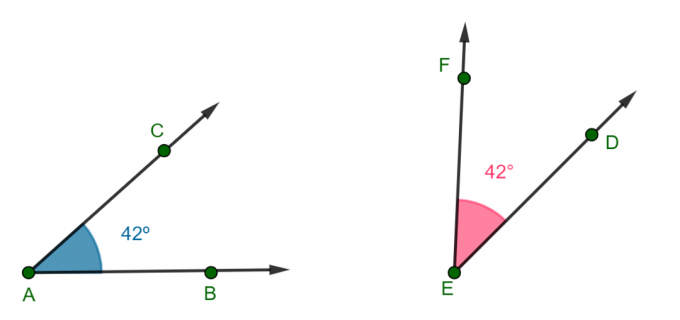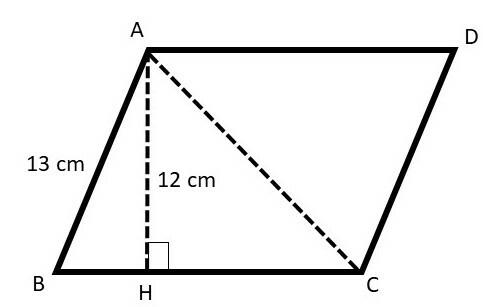At vowels and consonants they are phonemes, that is, the minimum unit of the language. When articulated by the vocal apparatus (mouth, tongue, teeth, vocal cords, larynx, lungs, etc.), these phonemes form the words.
A phoneme is considered a vowel when its sound is emitted with the free passage of air through the mouth.
However, when there is any obstacle to this passage, that is, when there is an interruption of the air flow in the lips, teeth or tongue when pronouncing the phoneme, it is a consonant.
In this way, the original division between vowels and consonants in our alphabet é:
- Vowels: A, E, I, O, U
- Consonants: B, C, D, F, G, H, J, L, M, N, P, Q, R, S, T, V, X, Z
However, after the New orthographic agreement of the Portuguese language, the letters K, W and Y were incorporated into the alphabet. With that, a question arose: after all, letter Y is vowel or consonant?
History of letter Y
THE letter Y originated in the alphabet Phoenician and later it was also adopted by the greeks. So, it was named
upsilon, and unlike today, its sound was equivalent to the letter U. In this way, it was considered a vowel.Later, the Y was also adopted in the Latin alphabet, when its pronunciation became equivalent to the letter I. Frequent in source languages European, the Y was not part of the Portuguese alphabet.
- Free Online Inclusive Education Course
- Free Online Toy Library and Learning Course
- Free Online Math Games Course in Early Childhood Education
- Free Online Pedagogical Cultural Workshops Course
This changed after the spelling reform, when the letter was officially added to the alphabet. However, it remains mainly used in proper names and words of foreign origin.
Y is a vowel or a consonant?
As it is pronounced as a vowel, the classification of the letter Y is a matter of doubt for students and even specialists, in such a way that there is no consensus.
Some scholars claim that, in Portuguese, the Y is a consonant. This is because it works like a semivowel, that is, it is a vowel that, like consonants, does not form a syllable by itself.
In this sense, as the semivowel is closer to a consonant than to a vowel, Y would be classified as a consonant.
However, there are experts who only consider the pronunciation of the letter Y. Thus, as it represents the sound of I, it must be classified as a vowel.
In summary, we can state that the classification of Y in a vowel or consonant depends on a more detailed phonetic analysis of each word.
Read too:
- Origin of Portuguese Language
- Portuguese speaking countries
- How is the hyphen used according to the new spelling rules?
- How many letters are there in the alphabet?
The password has been sent to your email.



